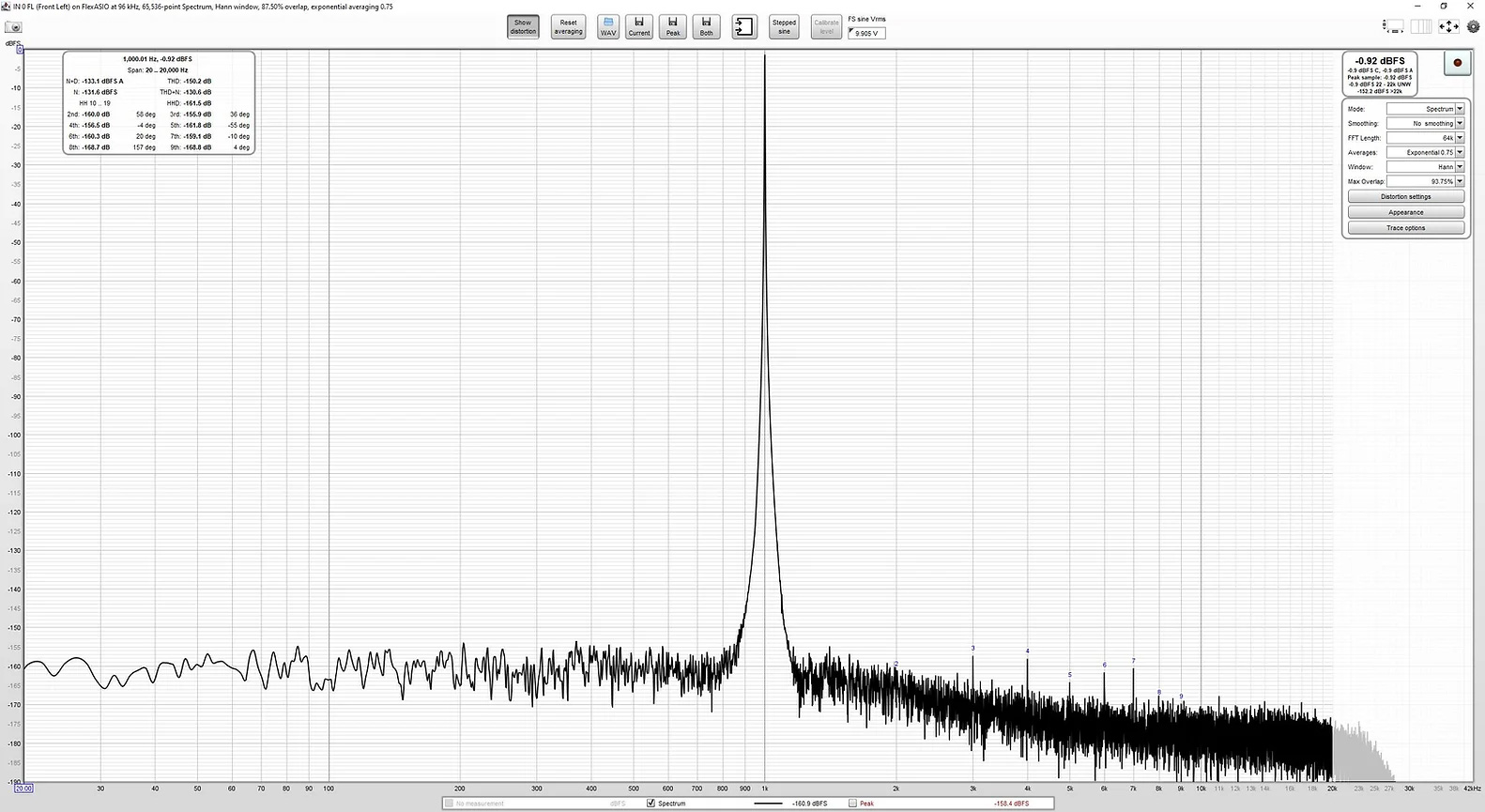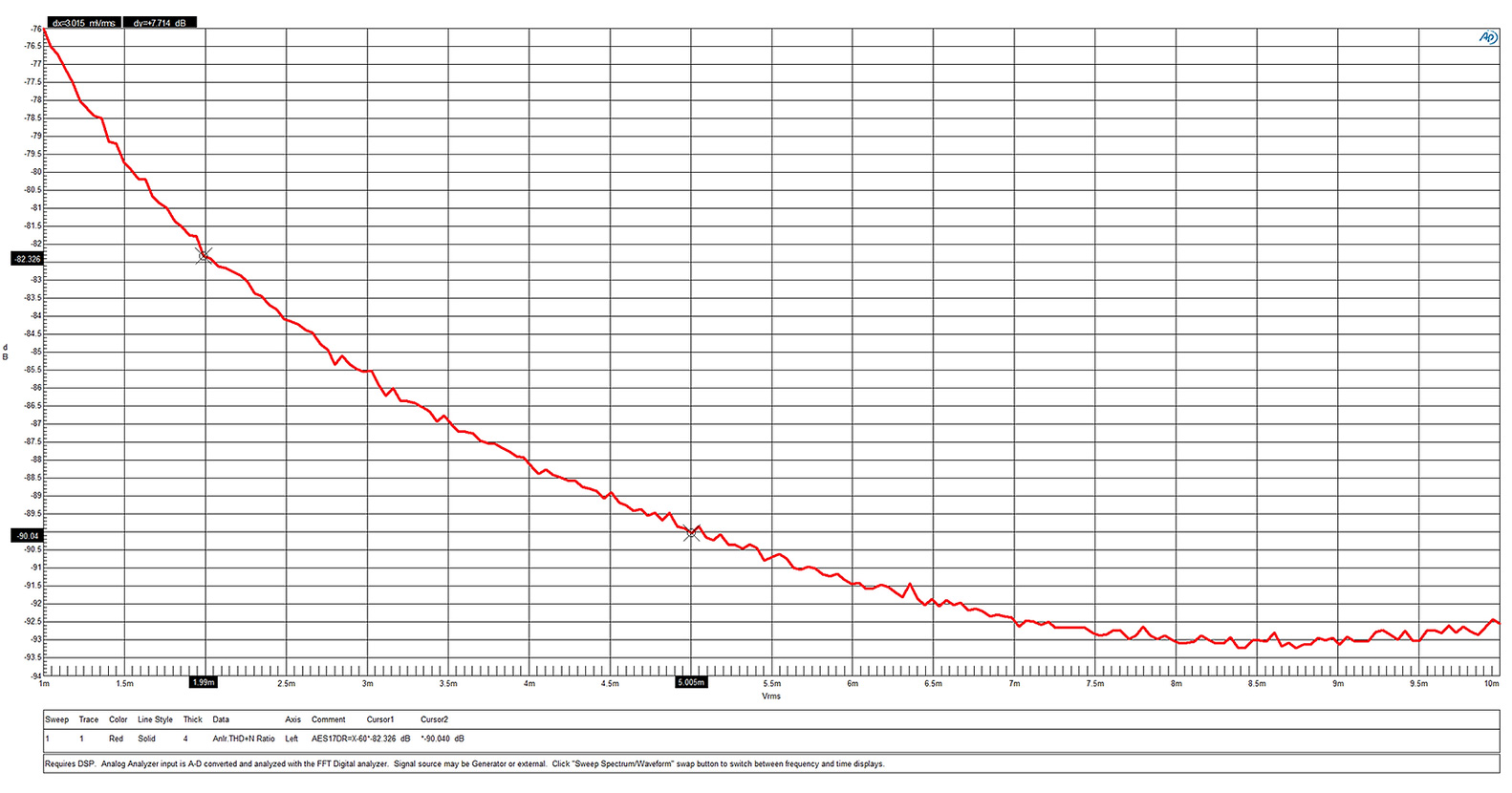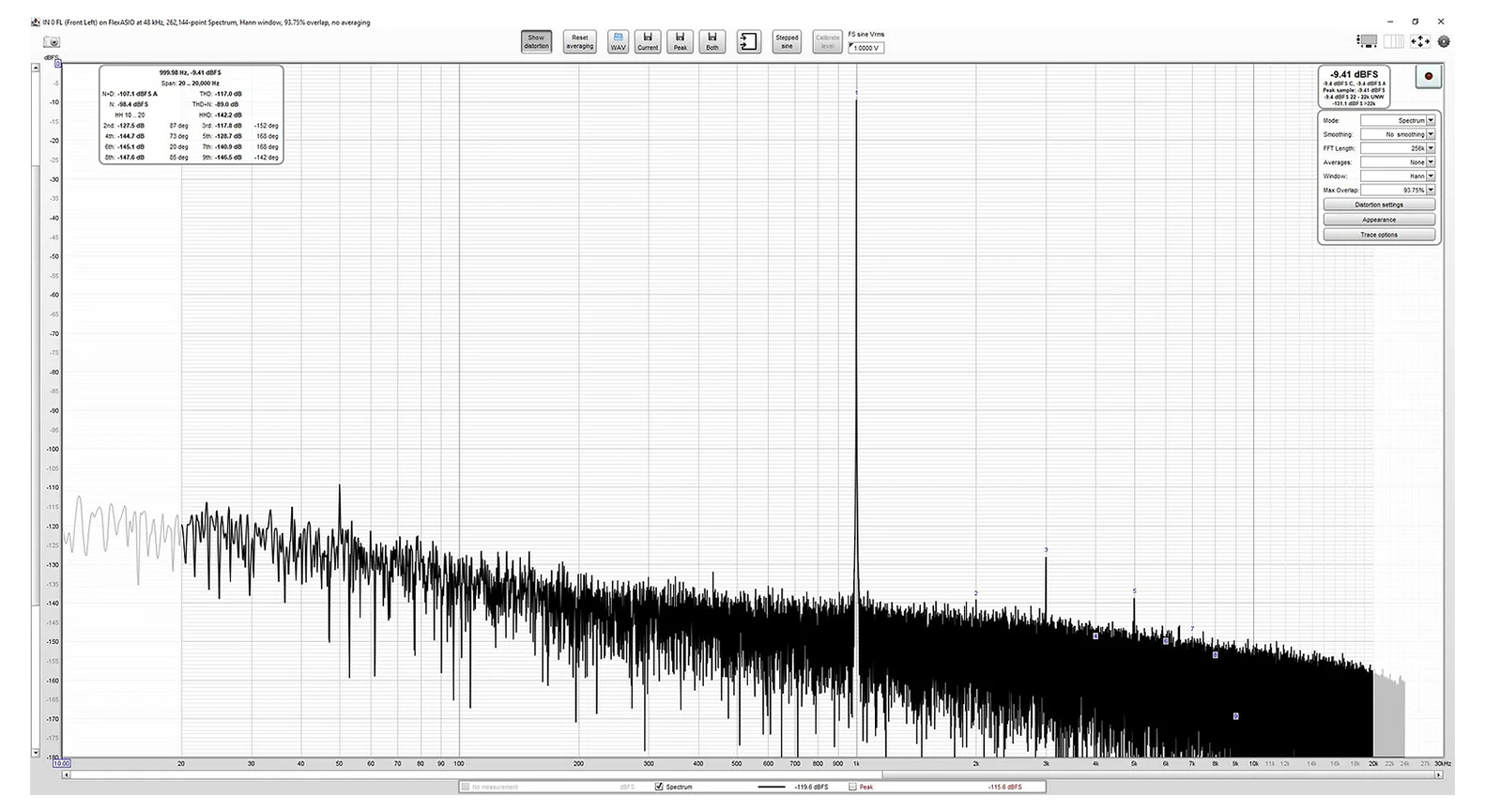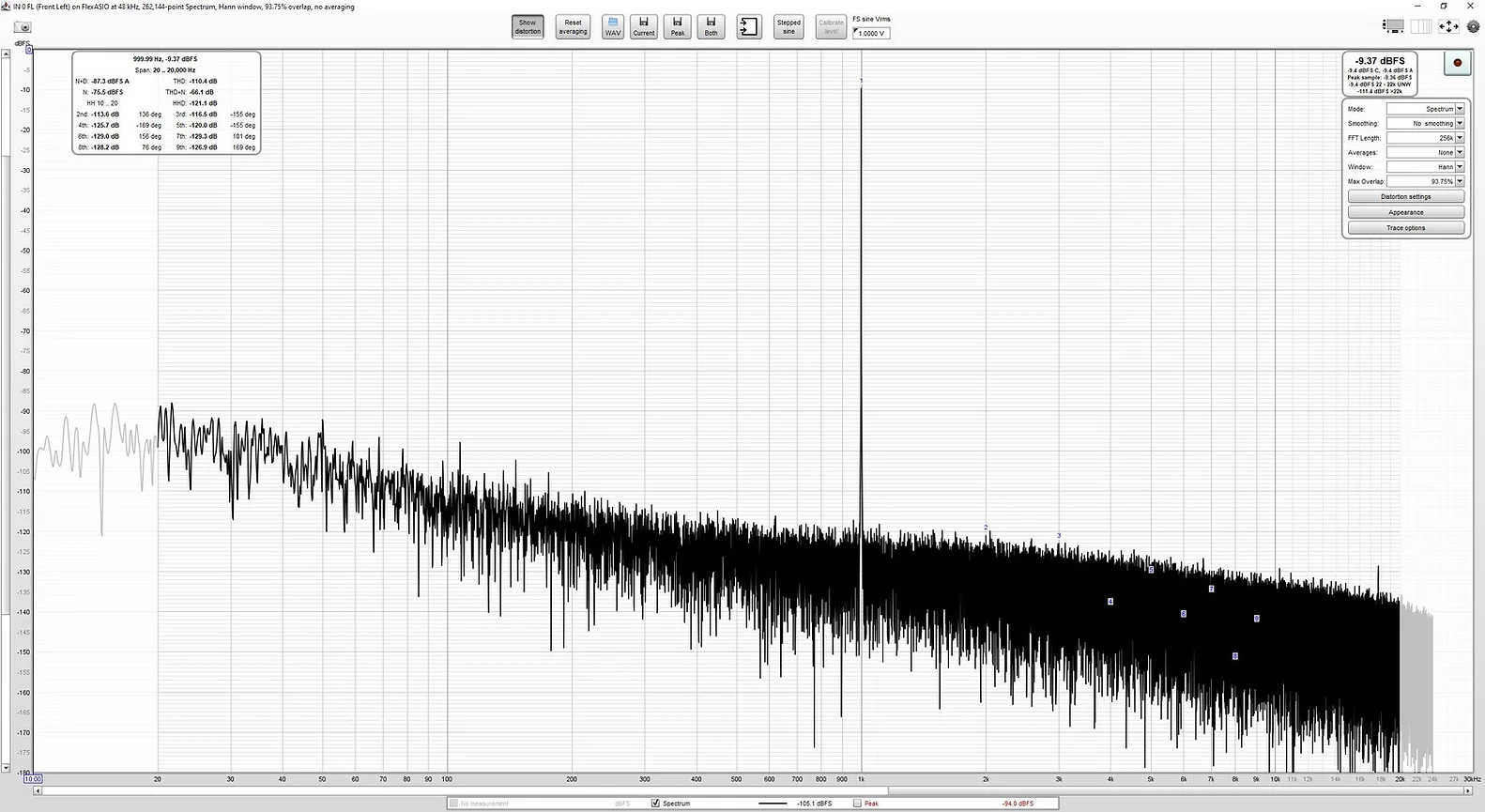Accurately correspondent to specifications, perfectly fit for laboratory use, excellent support with ample explanations by the designer in Audiosciencereview's dedicated thread. Five stars.
New Customer?
Create your accountNo products
Prices are tax included
By buying this product you get 19 loyalty points
Accessories for this product
E1DA Cosmos APU
Analog Processing Unit Preamplifier / Microphone Preamplifier
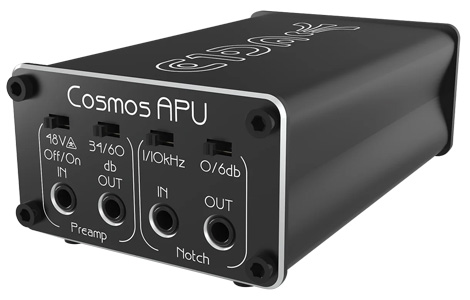
The E1DA Cosmos APU is the first product of its kind available on the market. The name APU stands for Analog Processing Unit. This one is composed of two distinct sections, with different utilities, each integrating an input and an output Jack 3.5mm TRRS. The E1DA Cosmos APU can be used in the following ways:
- To measure the distortion level of a DAC or amplifier at 1Khz/10kHz and at harmonic levels lower than -150/-130dB or the THD+N at 1kHz down to -132dB. In this case of use, it is necessary to use the Notch part of the Cosmos APU.
- To measure the dynamic range and the signal to noise ratio of a DAC or amplifier with the residual noise of the APU of 130nVrms(A). In this case, it will be necessary to use the Preamp section of the Cosmos APU.
- To rip vinyl records with the Preamp section of the Cosmos APU associated with the Cosmos ADC (sold separately) and its integrated RIAA DSP. In this case we invite you to download and use the file CosmosAdc_v13_RIAA.hex available in the downloads tab of this page.
- To use a professional condenser microphone with 48V phantom power supply. In this case, the Preamp section of the E1DA Cosmos APU is used.
The input voltage of the APU must be less than or equal to 3.5Vrms for its Preamp section and less than or equal to 10Vrms for its Notch section. An overvoltage of the inputs could damage the device.
To avoid accidentally activating the phantom power supply and thus damaging the device under test and connected to the Preamp input, a small red blocking bar has been placed in the 48V power supply switch. This must be removed when using the APU with a condenser microphone.
The 48V power supply should only be used with a condenser microphone. If the power supply has been activated, wait at least 10 seconds before connecting another device to the APU.
The performance of the APU on the second harmonic (H2) depends on the balance of your equipment/test bench. It is best to use an external battery, USB isolator or battery powered laptop for the ADC after the APU. Often a balanced error will be detected if the H2 levels are different after a change in input polarity.
Simplified diagram of Notch section

Technical characteristics
| Specifications | |
|---|---|
| Product type | Analog Processing Unit Preamplifier Microphone preamplifier |
| Inputs | 2* Jack 3.5mm TRRS |
| Outputs | 2* Jack 3.5mm TRRS |
| Notch input | Level up to 10Vrms Gain = 20dB (adjustable +0/6dB) Zi = 20/10kΩ unbal/bal Notch ratio = -30dB @ 1kHz/10kHz (switchable) Residual noise: 950nVrms(A) typical (gain 20+6dB, FNotch = 1kHz) Residual distortions @ 1kHz, 4.5Vrms, 2nd/3rd: < -150dB/-150dB Residual distortions @ 1kHz, 9Vrms, 2nd/3rd: < -150dB/-160dB Residual distortions @ 10kHz, 4.5Vrms, 2nd/3rd: < -130dB/-130dB Residual THD+N 20Hz-20kHz @ 1kHz, 9Vrms: < -131dB Unweighted Residual THD+N 20Hz-20kHz @ 1kHz, 4.5Vrms: < -127dB Unweighted |
| Preamp input | Level up to 3.5Vrms Gain = 34/60dB Zi = 47/23.5k unbal/bal Input capacitance: 100pF Residual noise: < 130nVrms(A) typical @ gain +60dB Residual noise: < 260nVrms(A) @ gain +34dB Dynamic range Preamp->Notch @ 1kHz -60dBFS (10mVrms): > 153dB(A) Dynamic range Preamp->Notch @ 1kHz -60dBFS (5mVrms): > 150dB(A) Phantom power supply: 48VDC ±4V 2x6.8kΩ |
| Frequency response | Notch: 5Hz-200+kHz FNotch=1k Preamp: 10Hz-1MHz+ -3dB @ gain = 60dB / 10Hz-5MHz+ -3dB @ gain = 34dB |
| Preamplification chip | THAT1510 |
| OPA | OPA1612 RT6863S |
| General | |
|---|---|
| Supply voltage | 5VDC via USB-C |
| Dimensions (L*P*H) | 61*104*39mm |
| Weight | 157g |
| Housing material | Anodized aluminum |
| Color | Black |
Average votes 5.0 / 5 2 reviews | Why write products reviews ? You can share your feelings about products and help other people by sharing your experience |
Giovanni-Mattia P.
Accurately correspondent to specifications, perfectly fit for laboratory use, excellent support with ample explanations by the designer in Audiosciencereview's dedicated thread. Five stars.
Giovanni-Mattia P.
Accurately correspondent to specifications, perfectly fit for laboratory use, excellent support with ample explanations by the designer in Audiosciencereview's dedicated thread. Five stars.


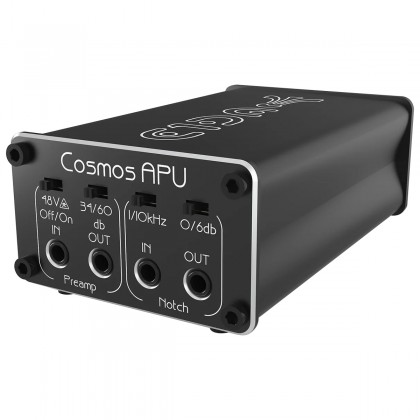







![[GRADE B] AUDIOPHONICS DAW-S250NC Class D Integrated Amplifier NCore NC252MP DAC ES9038Q2M WiFi Bluetooth 2x250W 4 Ohm](https://www.audiophonics.fr/61971-thumb_default/audiophonics-daw-s250nc-class-d-integrated-amplifier-ncore-nc252mp-dac-es9038q2m-wifi-bluetooth-2x250w-4-ohm-32bit-768khz-dsd.jpg)















